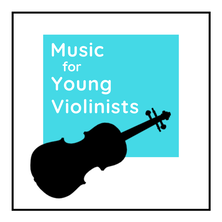|
Music Mind Games is a music theory curriculum created by Suzuki Piano teacher Michiko Yurko and involves a series of colorful materials and progressive games for teaching music theory to children. The entire curriculum is one of the best I have ever seen for effectively teaching complex concepts in natural ways that are developmentally appropriate for children. As I progressed in my violin teaching career the reality of limited time pushed me to narrow my music theory offerings and the one thing I kept teaching consistently from the vast Music Mind Games curriculum was the Blue Jello Cards used for teaching rhythm note reading. I developed a 5 part approach for using these for violinists and also 4 challenges to engage and integrate my more advanced students in multi-level teaching situations. On a fun, personal note I credit the effectiveness of the Music Mind Games curriculum for spawning my career as a composer. After many years of teaching the basics using the Blue Jello Cards, my rhythmic dictation got so strong that when I traveled to different countries I would transcribe different languages into rhythms in my head. In this video learn a progression for using the Blue Jello Cards from the Music Mind Games curriculum in a way specific for benefitting violinists. The progression shared in the video is: 1- Speak cards (optional hand symbols). 2- Sing in ascending scale. 3- Air bow while speaking/singing. 4- Play on an open string. 5- Play as an A major scale. * Add marching to any of these steps. Have multi-level classes? Learn 4 additional ways to integrate advanced level students in a challenging and engaging way: 1- Stay on the same open string pitch as the rest of the group but do each card in a different position (i.e. 1st card in III position, 2nd card in IV position, 3rd card in II position, etc…) 2- Again, stay on the same open string pitch as the rest of the group but play each beat in a different position (II, III, IV, III, II, I, etc…) 3- Play a different scale for each card. 4- Improvise a melody. Learn more at www.MusicMindGames.com. See also: Pipe Cleaners & Music Theory/ Blue Jello Cards - Learn a cheap, hands-on, colorful and easy clean-up activity to support teaching music theory and the Blue Jello Cards to young musicians. The Magic Bag - a Metaphor for the Learning Process - Learn a "magical" way to create the identity of a learner in young students using the Blue Jello Cards. How do you teach rhythm and/or music theory in your studio? Let us know in the comments below before the next newsletter for a chance to win a set of Blue Jello Cards. Download this teaching progression chart to have for your studio here:
21 Comments
Bow Hold Bunny Flips & Variation (+ Challenge) In this short video you will learn 4 things to help better train your students and keep them engaged at the same time. MIND-BODY TRAINING for VIOLINISTS: Bow Hold Bunny Flips & Variation (+ Challenge) shares:
How do you train mind-body connections in your teaching? We would love to hear any tips or tricks you have for this in the comments below thanks! There is ONLY one way to know what your students are doing at home... I spent 1 week watching my students practice and it was one of the most profound things I have ever done in my teaching. I believe that if more teachers did this then we would be able to help more students reach higher levels in their violin playing. In this video and correlating blog post I explain how I organized a week of watching my students practice and why this was such a powerful use of time. How I organized this: The week prior to watching students practice I had told them to expect something very different at their coming lesson but I did not say what it was since I wanted to observe them in their "natural practice state" as much as possible. I was hoping to avoid students preparing for this observation since it would not be an honest representation of their work and defeat the purpose. On the following week I brought my computer to my teaching studio and reorganized the space so I could sit at my desk. After explaining that I would be observing them practice, I was silent and typed up a personalized report for each student while they showed me how they practiced. We reviewed the report together at the next week of lessons and went over suggested modifications to their practice routine. It was a heart-felt but shocking and humbling week. I was touched by the loving interactions between parent and child but I was truly shocked that only about 20% of my students actually followed their practice notes (I create a personalized lesson sheet for each student to help us stay organized). Also, I was humbled that after 20 years of teaching and priding myself on being highly organized that so many of my students were not clear on: 1- What was actually expected of them. 2- How to execute the specific teaching points by themselves even after covering in repetition at their lesson I also have always assumed that if something was not accurate then the student would isolate the issue and create a practice spot out of it. I was wrong on this because over and over again I heard my students plow over obvious inaccuracies in their interpretation ((((((Deep Exhale from Me)))) The other part of this humbling lesson is that I had first heard about doing this years ago but delayed implementing it. I regret this because had I done this in past years my students would absolutely be having a higher success outcome with their efforts. I will know at the end of April if I am accepted into nursing school. If so then this will be my final 9 weeks of violin teaching from a 20+ year career. Better late than never but hopefully by passing this along here you can carry the torch and watch your students practice to best serve them and nurture their gifts. The following is an extreme statement but I think the sentiment will be heard: It DOES NOT MATTER how great of a teacher you are and it DOES NOT MATTER how talented your student is. IT MATTERS how they interpret the lesson information and practice in their own space and time. The only way to check in on this is to actually watch them practice. We want to hear from you and know how you help your students reach their highest potential.
Please add to this conversation by sharing a comment on the blog or youtube videos. I love working with strong willed children because I know that what comes out on the other end is a passionate musician and a human being with vision and resolute - all things I value. I am also human and when my sweet 5 year old student came to 10 lessons in a row this winter with only a big "NO" I began to question my teaching approach since things appeared to be stagnant and I was not confident I was actually helping her. In this 3 minute video titled: "No, No, No!!!! Tips for Working with Strong Willed Children" learn 4 things:
BTW - Immediately after making this video the mother texted me a practice video of her daughter who was in the process of doing her assignment 110x that day! Wow, that is exactly why we never quit before the child! How do you help your child or student when they are expressing a strong "NO"? Please share in the comments below, thanks! You do not have to be a fan of Star Trek to appreciate the benefits of incorporating finger patterns into your teaching. In this video titled "Finger Patterns for Violinists & Fun Pop Culture Reference" you will learn 4 things::
How do you teach finger patterns in your studio? Please let us know in the comments below, thanks! Ah yes, chocolate - this marvelous part of the human experience has made it's way into my studio for a playful challenge that I offer as a 2-way street to my students. In "The Chocolate Challenge (YES! this is as fun as it sounds)" you will learn a neat way to add some personality into your teaching and help your student find a new potential in themselves in 7 days.
What do you do to create challenge and incentive in your studio? Let us know in the comments below, Thanks! Hello Everyone, YES, the name of this series just changed, in fact more than once. I am sorry for any confusion with the initial name of the series. The mission remains the same - to help you stay supported in the special work you do. Thanks, Heather Hello and a heartfelt welcome to this new facet of M4YV. I know you are working hard and I believe the WORLD NEEDS YOUR TALENTS NOW MORE THAN EVER. Training a musical instrument develops a creative mind. Our complex world with it's complex problems needs creative thinkers to develop creative solutions and that is where you come in. Your work as a violin teacher (and/or parent of a young musician) fills this void by nurturing creative brains in young children and I want to help you stay supported in the process with this new series. Teach With PASSION is a series of short (2-3 minutes) & informal videos designed to help you re-charge your musician teaching battery on those days when: 1- The same student showed up for their 10th lesson in a row putting a C# in the Key of G Major (or playing a Minor piece in a Major tonality, etc...). 2- You are not helping a student reach their optimal level and are open to tips for how to better navigate a teaching situation. Teach With PASSION is also for the teacher that is: 1- Busy and on a limited budget $$$ so unable to attend/afford a teacher training seminar but still have excitement in your heart to glean new ideas to be the best teacher you can be! 2- The burned out teacher who needs a re-charge. Hey, it's a hectic world and being a self employed violin teacher can have it's challenges. Come to me and let's feed that fire and help you stay engaged with your work. Teach With PASSION is also for: 1- Parents of young musicians. I know the title seems to suggest otherwise but if you are parenting a young musician then you are the home teacher and vital to their growth. I think these videos will be fantastic for you too but just couldn't make the title so long as to include your special role. 2- Awesome people who love exploring human potential. Hey, we may use the violin to teach music but what we are really doing is teaching life so these videos can have a vast application to whatever genre you are passionate about. Welcome to this new project and please leave comments. Your experience and wisdom is valuable and benefits other's so we would love to hear from you. Feel free to comment here or on the videos. Thanks! Heather |
AuthorHi! It's me, Heather. I absolutely love working on the Music for Young Violinists project and all the many facets: blogging, website, music, teaching materials, freebies, videos, newsletter and giveaway contests. The best part is connecting with you so feel free to drop me a line. You can learn more about me on the "ABOUT" page. Thanks! Archives
January 2018
Categories
All
|
||||||
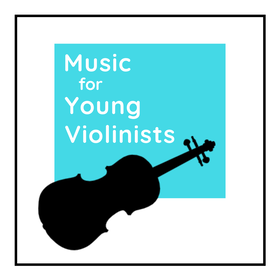
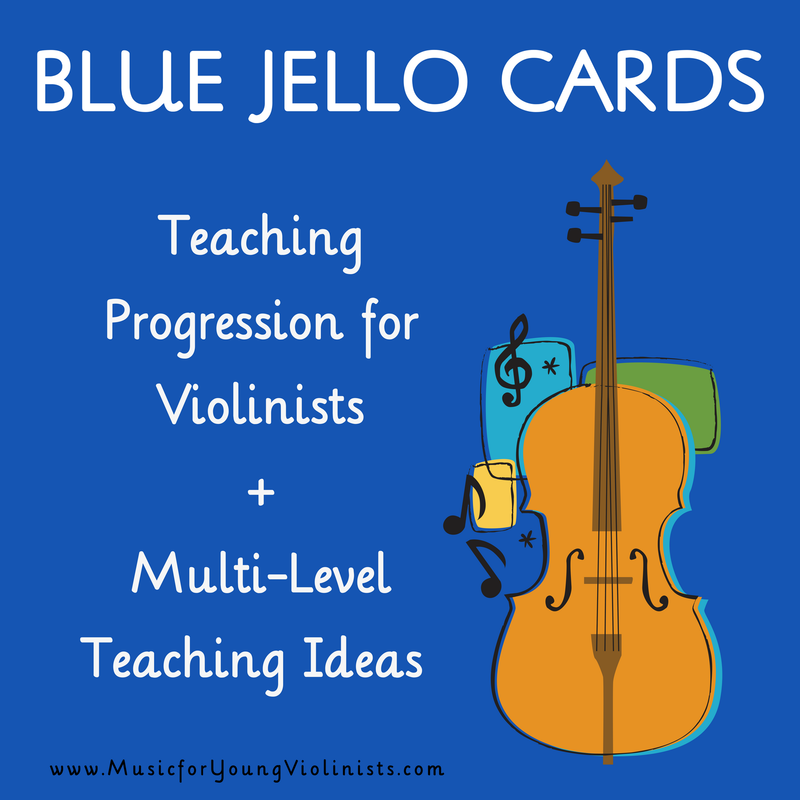
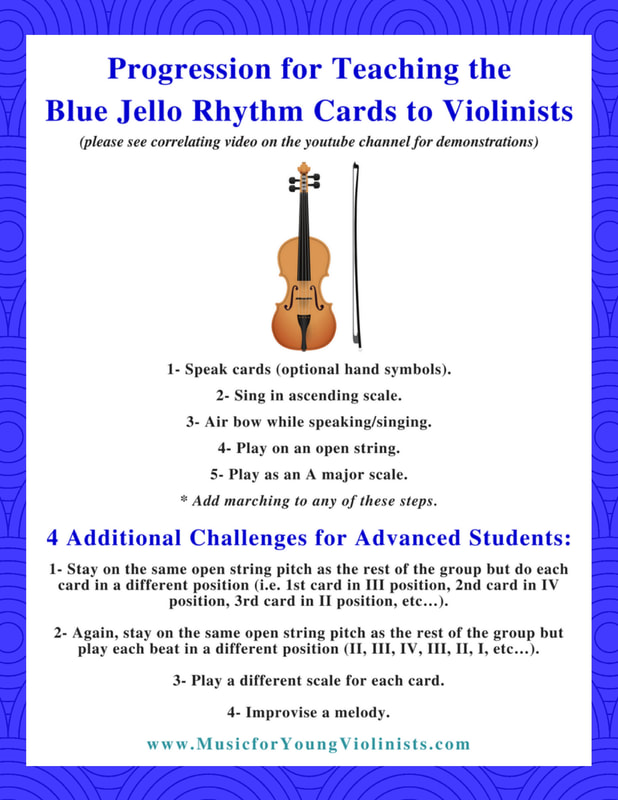
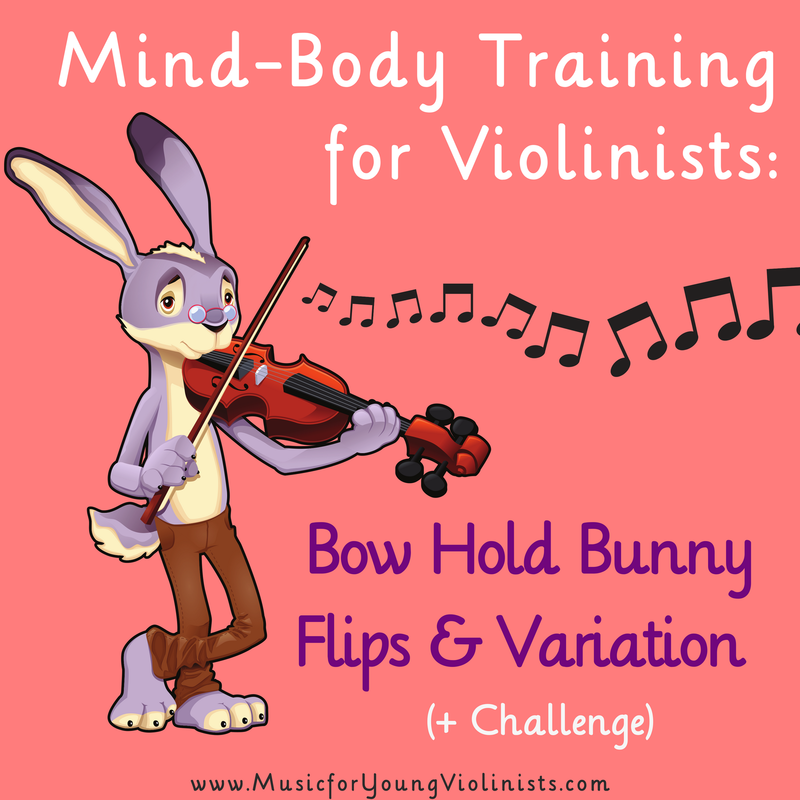
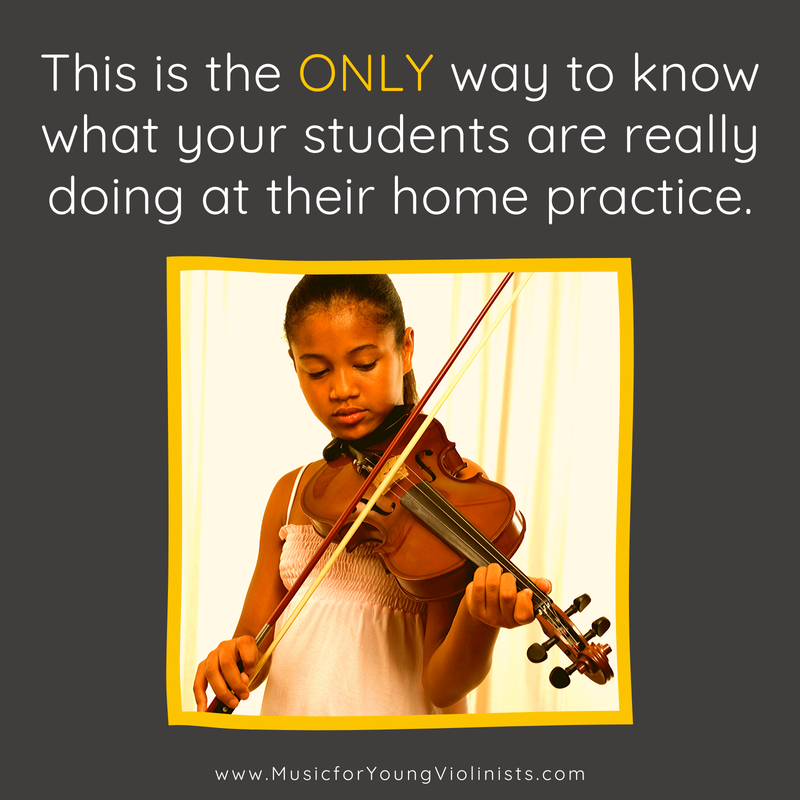
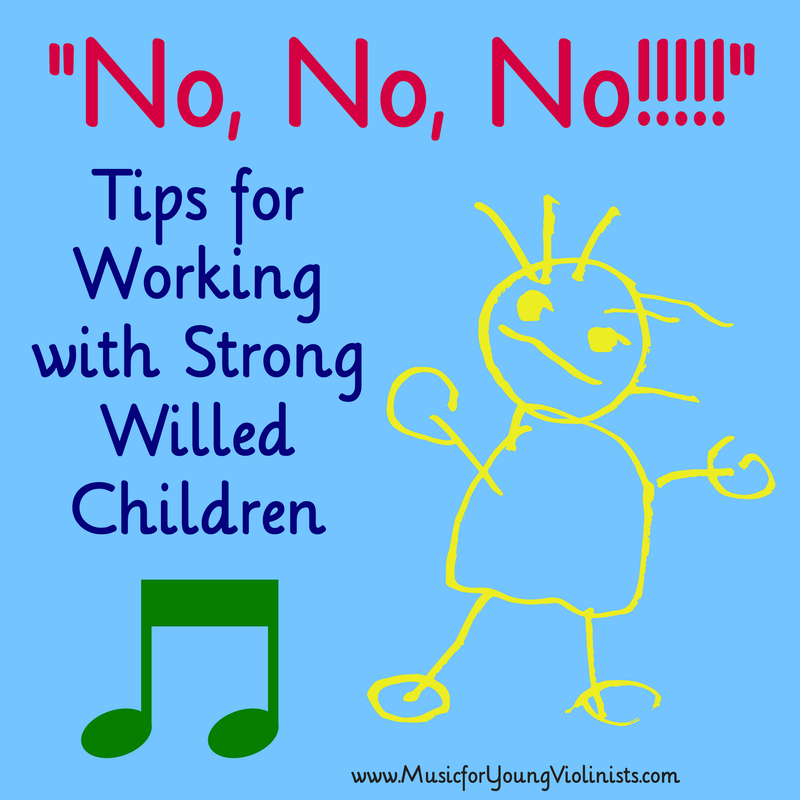
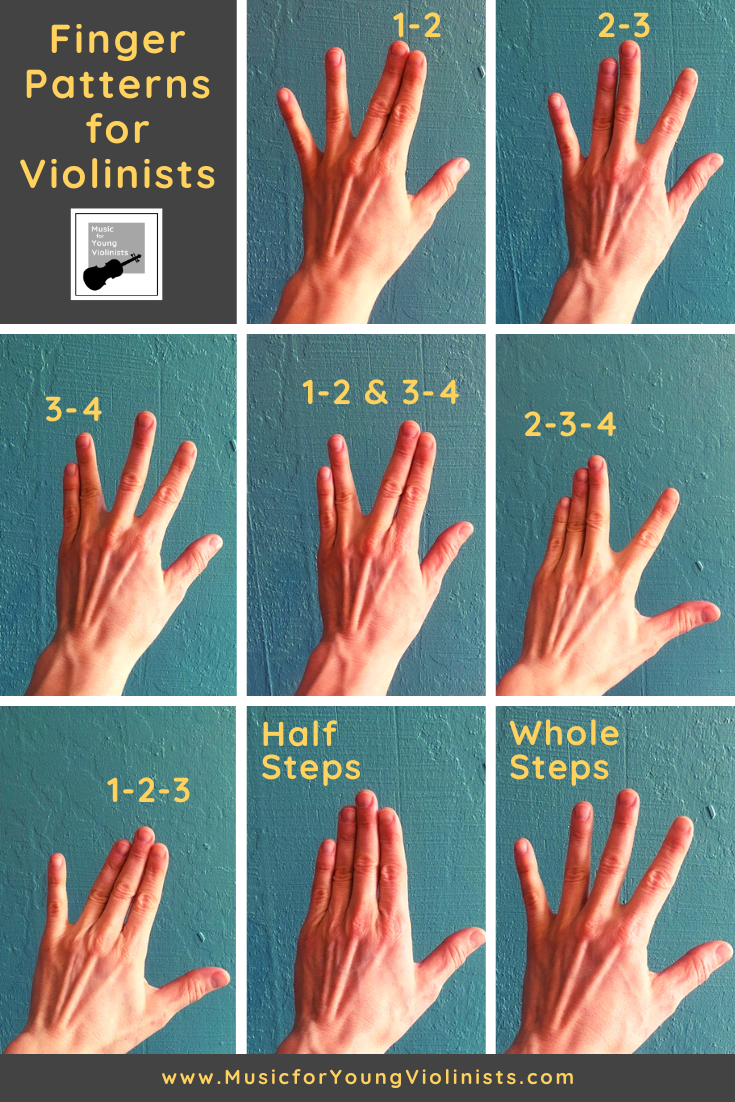

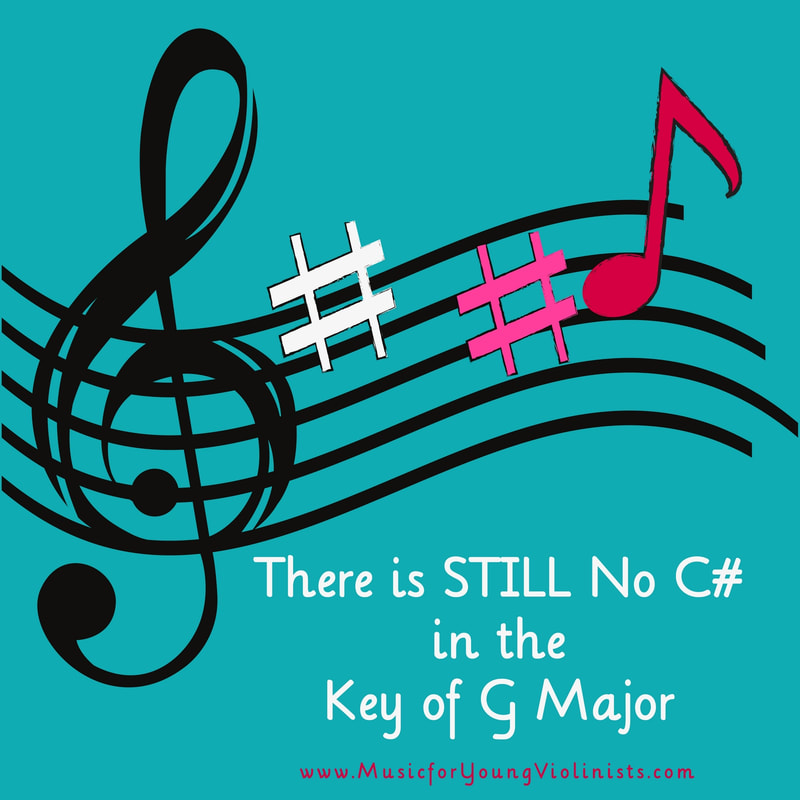
 RSS Feed
RSS Feed
